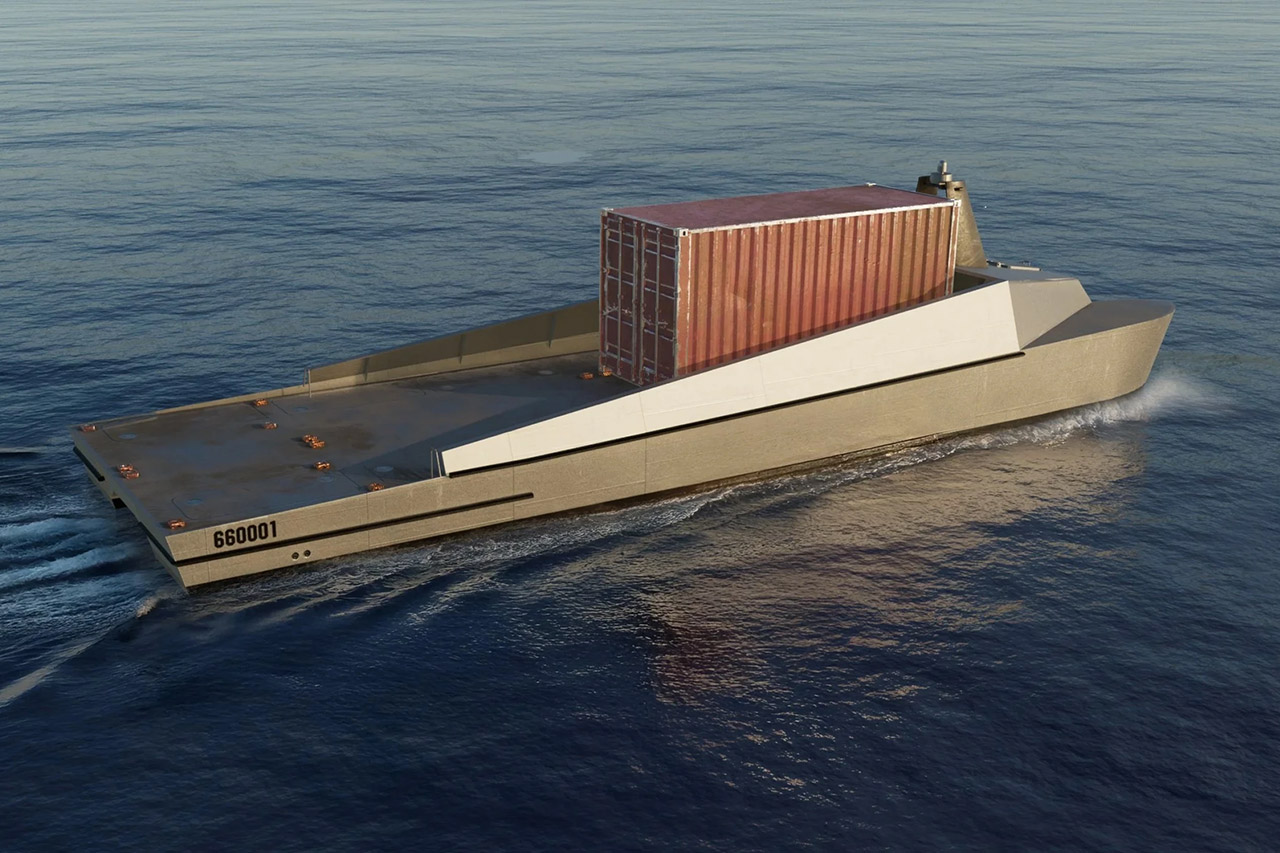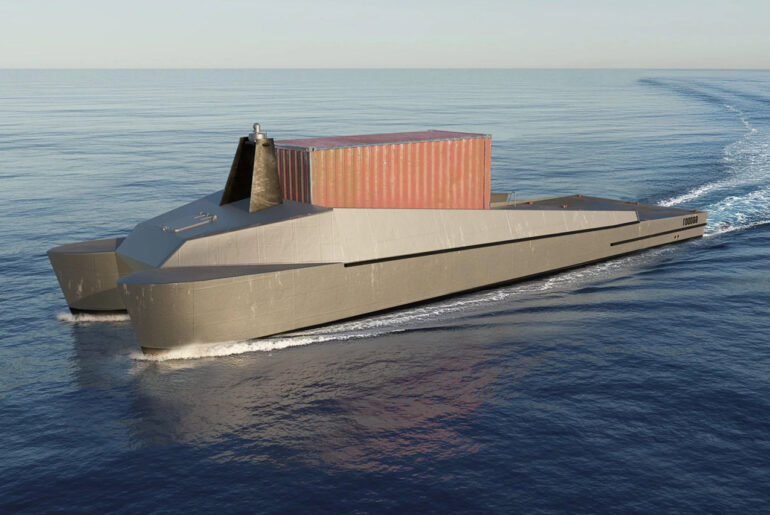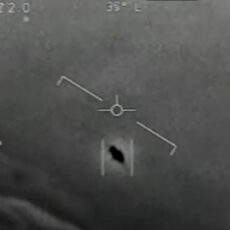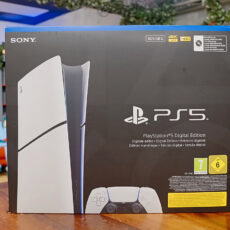
An aluminum catamaran has a deck stacked with cargo containers that can hold everything from missile launchers to sensors. This is BlackSea Technologies’ Modular Attack Surface Craft (MASC), a 66-foot unmanned surface vessel (USV) that’s about to change the way the US Navy operates.

BlackSea Technologies, based in Baltimore, launched MASC in September 2025 in response to the Navy’s request for a new type of modular, multi-mission ship. The Navy’s July 2025 RFP asked for ships that could do everything from anti-submarine warfare to logistics while being unmanned and agile. Its 900-square-foot open deck holds up to 30 tons of payload and can be swapped out for different missions.
- SET SAIL FOR NOSTALGIA – Journey back to the era of elegant river travel with the LEGO Ideas River Steamboat (21356) building set for adults 18 and...
- DETAILED MODEL BOAT – Discover working paddle wheel mechanisms, detailed steam engine with moving pistons, crew quarters, passenger decks, and...
- WORKING FEATURES & DETAILS – Activate the paddle wheel mechanism, explore multiple furnished decks, and discover authentic steamboat details...
This versatility is powered by a robust electrical system that puts out 198 kilowatts, more than double what comparable-sized autonomous vessels can produce. Below deck, two Volvo Penta D8-IPS600 propulsion units propel MASC at 25 knots (29 mph) and 3,000 nautical miles at 10 knots. For long deployments, it can go 10,000 nautical miles, enabling the vessel to cross oceans. The twin-hull catamaran design, made of marine-grade aluminum, is tough and efficient, so MASC can ride out big waves while keeping payloads secure.
What’s really cool about MASC is its foundation in BlackSea’s Global Autonomous Reconnaissance Craft (GARC). Sharing 75% of its components with GARC, MASC benefits from a production line that’s already cranking out one craft per day. This isn’t a concept waiting for a prototype—BlackSea says it can deliver a fully integrated MASC in six months. The shared components also mean a resilient supply chain, so there’s no delay or cost. By building on an existing platform, BlackSea avoids the pitfalls of starting from scratch, so MASC can scale fast to meet the Navy’s needs.
MASC is built on the Navy’s Unmanned Maritime Autonomy Architecture (UMAA), a standardized system that allows plug-and-play integration of autonomy, sensors and controls. This open architecture means the Navy isn’t locked into a single vendor, so it can upgrade or swap out systems as technology advances. The vessel comes with seven missions out of the box: anti-submarine warfare, anti-surface warfare, electronic warfare, intelligence and surveillance, logistics, infrastructure monitoring and mine countermeasures. Each mission can be customized by adding the right containerized module, so MASC is a chameleon on the water.
[Source]










